|
Download a pdf copy of our calendar here.
0 Comments
We all know activity is important, but did you know that YOUR physical activity habits may be able to influence your child's physical activity level? A study out the University of Essex in England had children perform a simple running test and were asked questions about their parents' perceived activity levels and fitness habits. The ones that knew at least one of their parents did some sort of physical activity or sport were more likely to meet and/or exceed the health-related fitness standards. When they knew both parents were physically active, they were even more likely to perform better than their peers on the physical tests. Children who said their parents do almost no physical activity had a 50% greater risk of being unfit than children with more physically active parents. What does this tell us? In an ideal world, you'll spend your free time doing physical activity with your kids, but this study tells us that even if your child just OBSERVES you doing some form of physical activity, it can have an effect on them and their endurance, athletic ability and motivation to MOVE!
Sources:
1. Voss, Christine & Sandercock, Gavin. (2012). Associations Between Perceived Parental Physical Activity and Aerobic Fitness in Schoolchildren. Journal of physical activity & health. 10. 10.1123/jpah.10.3.397. (https://www.researchgate.net/publication/229436048_Associations_Between_Perceived_Parental_Physical_Activity_and_Aerobic_Fitness_in_Schoolchildren) 2. https://www.sciencedaily.com/releases/2012/06/120620133041.htm What is the psoas?
What causes problems with the psoas? Psoas dysfunction can present in many different ways, but will most commonly present as anterior hip and/or lower back pain. It can refer pain or discomfort to the anterior thigh. Common ways of irritating or aggravating the psoas are prolonged sitting (hello office workers!), sports that involve increased hip flexor motions (soccer, dance, gymnastics, hockey, etc). (1) In yoga and other eastern-based healthcare practices, the psoas muscle is said to “hold our stress” - this actually has a neurological basis: when we are stressed out, our body goes into a sympathetic or fight/flight response, which causes us to slightly bend forward or flex at our trunk. (Our body instinctively does this to protect us because it thinks we’re in danger.) When our body remains in this stressed-out state, our psoas muscle remains contracted, and sets the stage for problems with our body, bad posture, injuries or general dysfunction. How do you know if you have a problem with your psoas?
1. Sajko S, Stuber K. Psoas Major: a case report and review of its anatomy, biomechanics, and clinical implications. J Can Chiropr Assoc. 2009;53(4):311–318.
2. https://www.drnorthrup.com/psoas-muscle-vital-muscle-body/
Like most of you, I've also been stuck inside, not only trying to keep busy, but also trying to keep up with (some) of my health and wellness habits... I figured I'd make a list of some products that have been helping me!
This simple device adds extra benefit to any workout. Performing exercises on a vibrating place like the one above helps fire both slow and fast twitch muscle fibers simultaneously, which makes your body take more advantage of the workout you're doing in the same amount of time! It also has had a proven benefit on your hormonal, cardiovascular, lymphatic, and nervous systems simultaneously. I've been doing my squats, lunges, planks, calf raises and posture exercises on mine daily since I've been home. The BioQuake I got on Amazon (check it out here) is relatively cheap compared to some other models out there, and has a dual motor, which enables me to set it to vibration only, vs. a jarring back and forth motion, which can be harmful to the joints. I set mine at 30 Hz for all of my workouts, because that's what was proven by researchers as the frequency that was the most effective.
My FAVORITE supplement company has now pushed most of their manufacturing towards production of their immune-focused products. Their Ultra-Potent Vitamin C is my GO-TO for extra immune health. Because this type of vitamin c is buffered, it's easier on your GI system, which means you have have a higher dose without getting the GI upset you'd get with non-buffered Vitamin C. I like the chewables (1 tablet = 4 oranges!) or the powder (it doesn't taste great, but you get a high-dose of vitamin C in 1/4 teaspoon)! Metagenics is a brand that only offered through providers, and you can order directly through our website on our ONLINE SUPPLEMENT STORE. You can also access our supplement portal through the CURRENT PATIENTS tab at the top toolbar of our website. Even if they're back-ordered, you may receive them sooner than you think!
Magnesium Glycinate is one of my favorite supplements that can help calm the nervous system, and also help relax tight and stiff muscles. Magnesium Glycinate is a form of Magnesium that is better utilized by our body, and targets the nerves an muscles. You can order this through our ONLINE SUPPLEMENT STORE as well!
I'm lucky to have a job where I'm (luckily) not on the computer for the majority of the day. Now that I've been home, I've increased my computer time what feels like tenfold and my eyes were literally BURNING! (I don't know how all of you corporate-worlders do this everyday!) I got a pair of these blue light blocking glasses from Amazon, and I'm feeling much better. They block a lot of the blue light that gets emitted from our screens that can interfere with melatonin production and affect your sleep cycle.
We've discussed how being grateful can help stimulate your parasympathetic nervous system. This journal gives me guidance for acknowledging what I'm grateful for every morning and evening, along with setting intentions for the day. I love this book because it has specific prompts to fill in, and (literally) takes at the most 5 minutes out of my day!
I have a couple of these things plugged in around my apartment. They're easy and require practically NO maintenance. It helps to keep the air in here a bit fresher and cleaner while I'm stuck inside (and also cooking for what feels like ALL DAY, EVERY DAY)!
Stress WILL make you sick! As a chiropractic patient at our office, you already know the detrimental effect stress can have on your nervous system (and therefore your entire body, INCLUDING your immune system)! Now more than ever is an important time to do what you can to help counteract the negative effects of stress on your BRAIN! When we get into a “fear-mindset,” our body goes into fight or flight mode (our sympathetics kick into high gear), and our body releases a hormone called cortisol. Guess what cortisol does to your immune system? It WEAKENS it! This fear response can actually make us sick in a host of different ways! We still of course want to take proper precautions - wash your hands, practice social distancing, avoid large groups, etc… but instead of practicing this out of fear, do it out of respect for other people’s health and well-being, and as an act of service to the people working to keep everyone safe and healthy. As our patients know, one of the easiest things to help decrease the stress response in the body is chiropractic care (!), but while our office is closed, we're encouraging our patients, family and friends to do whatever they can at home to try to decrease this stress (sympathetic) response and increase the body's relaxation (parasympathetic) response. At home techniques to increase parasympathetic activation 1. Practice Gratitude
One of the easiest at-home ways to activate the parasympathetic nervous system is to practice gratitude. The more we can take a step back to appreciate show gratitude, the more we can “calm-down” and dampen this fight/flight response in our nervous system. Researchers at UC Davis have studied the positive effects that a practice of gratitude can have on your body. How do you start? Maybe start a gratitude journal - one of my favorites is the five-minute journal or you can download a template here. 2. BREATHE! Slow, deep breaths help to activate your Vagus Nerve - basically the “big mama” for our parasympathetic nervous system. Some reminders for conscious breath? Take a deep breath in through your nose, into your abdomen first. As you breathe in, your breath will move upward towards your diaphragm and lungs. When you have a full breath, hold for a second or 2, then allow the breath to release slowly through your mouth. Bonus biohack - match the timing of your exhale count to your inhale count. Ex - inhale for 6 seconds, exhale for 6 seconds. 3. Get out for a walk or some fresh air! Walking (or even just spending time in nature!) for at least 20 minutes each day has been shown to reduce cortisol levels. 4. Activate your oculocardiac reflex When our body elicits a response to an outside stimulus without us thinking about it, it’s called a reflex. There is a cool reflex associated with the parasympathetic nervous system. With slight pressure on the outside of your closed eye, your heart rate decreases. How can you take advantage of this reflex to help you relax? You can close one eye and apply light pressure to the outside of your eyelid for a few seconds. OR, you can relax with an eye pillow resting over your closed eyes - this will apply a very light pressure to both eyelids. 5. Straighten Up! When we are in fight/flight stress mode, our body neurologically goes into a flexed position. Our hip flexors will tighten, and we will assume a slightly hunched posture because our body thinks it needs to go into “protective mode.” When we’re sitting at our work from home office stations all day, this continues to neurologically integrate this bad, stressed out/hunched position. If you’re working from home, make sure you’re getting up for at least 10 minutes every hour - do some overhead reach stretches and/or some gentle lunge stretches to stretch those hip flexors! Check out this article on 8 poses for iliopsoas release. 6. Try some gentle yoga One of the reasons why yoga is so great for the body is because it activates the parasympathetic nervous system through many mechanisms - some of which we’ve already discussed. It incorporates nice, even tempered breathing AND many of the movements focus not only on extending the body, but also stretching & releasing the psoas. *Update as of 3/29/20 - We are currently closed. We plan to re-open by mid-April.* With the current news of possible spread of COVID-19, we know that you have a lot of questions on your mind. As a chiropractic patient, you know that stress negatively impacts the nervous system. So my intention with this letter is to help alleviate some concerns you may have.
I've personally struggled with the decision to close our office or not. I have seen the positive effects that adjustments can have on the immune system, which makes me so desperately want to keep our doors open to provide even the smallest amount of help for our patients, BUT we also want to respect the state and the country's encouragement of citizens to stay home when possible. Because of this, I have made the decision this morning that we will be CLOSED starting Wednesday, March 18 - Wednesday April 1. Our plan (at the moment) is to re-open on April 2. If you currently have an appointment scheduled within this time frame, you will receive a phone call from Beth to let you know you will be removed from the schedule. If this is the case, she will be happy to reschedule you to another time in April, or call you when we re-open in April. For the most recent updates from our office: - Follow us on Facebook: https://www.facebook.com/stamfordbalance - Follow us in Instagram: https://www.instagram.com/stamfordbalance/ - Read our blog: https://www.stamfordbalance.com/blog - Check our online schedule (We plan to re-open online scheduling when we are accepting patients again): Online Schedule Before I go, I want to mention just a couple more things. I know that you know that panicking during this time will not lead to a positive outcome, but it bears repeating: keep calm! ;) Prayer or meditation each day is one of the most impactful things you can do for your health, especially right now. It’s not too late to add some healthy habits to your daily health routine - some (easy-ish) things you can do to help your body and your immune system are: - Get rid of the sugar - Add more physical activity to your day - Go to sleep early/aim to get 7 hours of sleep per night - If it's warm enough, get out in the sunshine - Organize and get some spring cleaning done We are hopeful that this situation will come to an end in a short period of time. In the meanwhile, please know that Beth and I remain committed to our Stamford Balance family. - Dr. Cristina
Are you a science nerd?! Check out the research! https://www.activator.com/category/leg-length-inequality/
|
AuthorDr. Cristina shares some insight about the benefits of Chiropractic as a vital part of your healthy lifestyle! Archives
August 2022
Categories
All
|

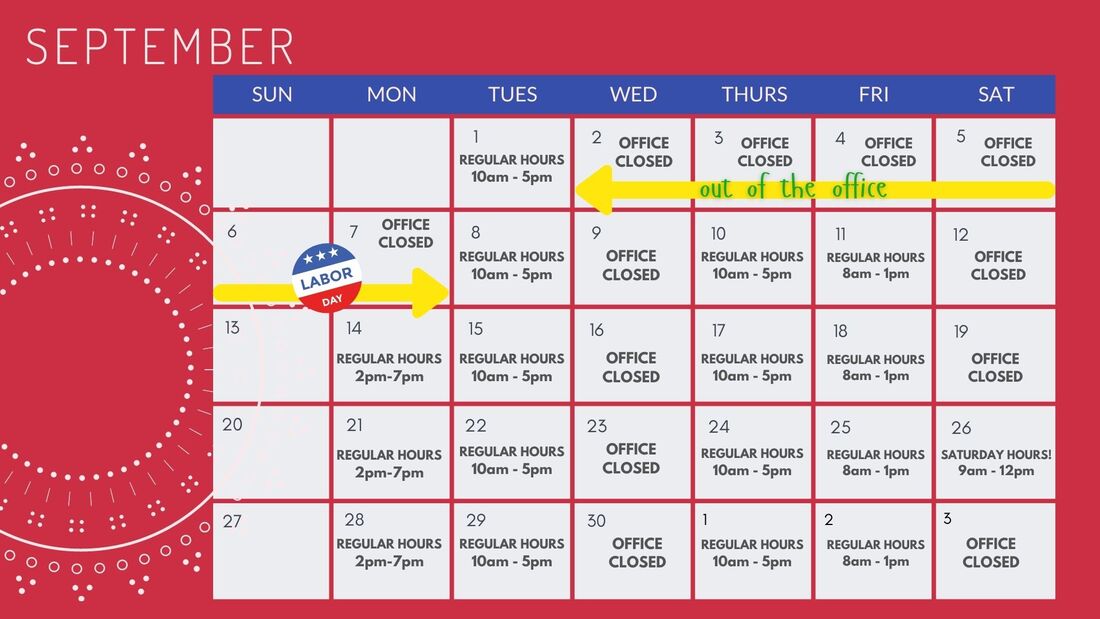


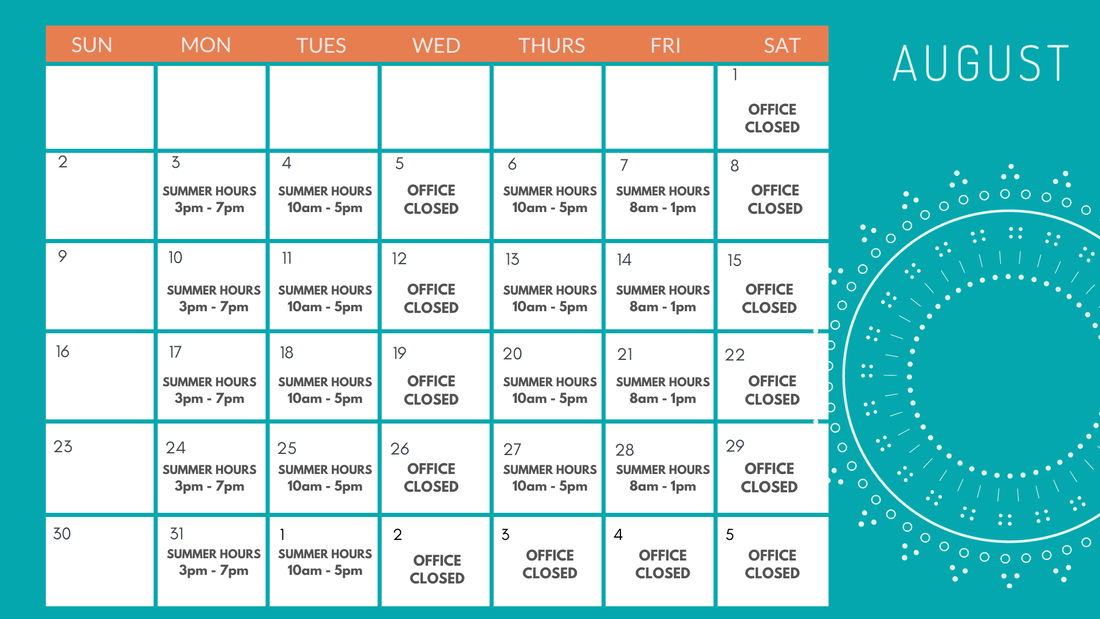
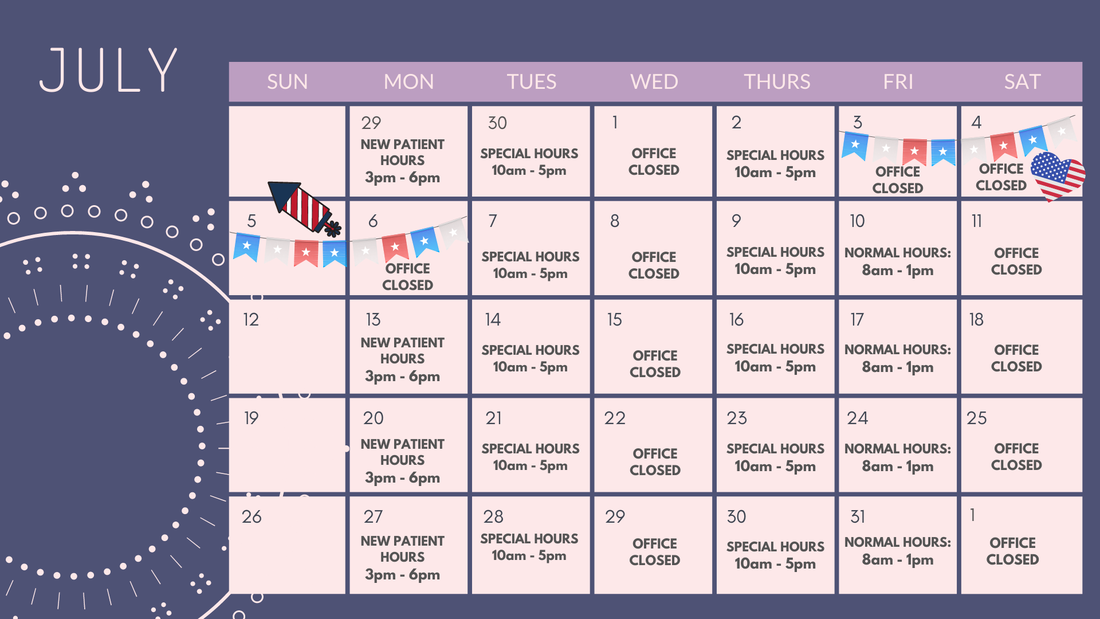

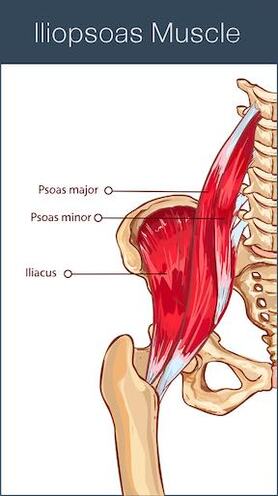
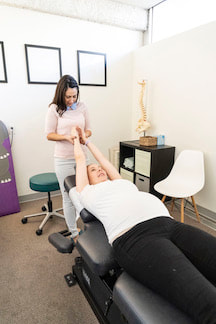
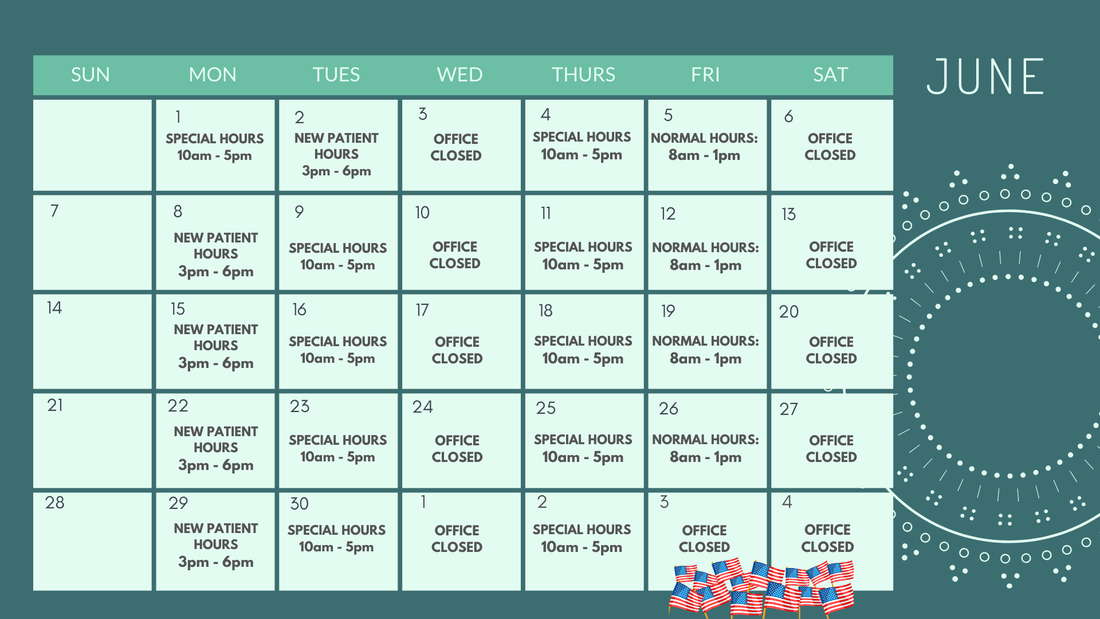


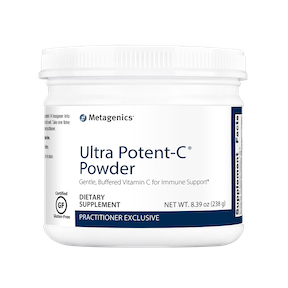
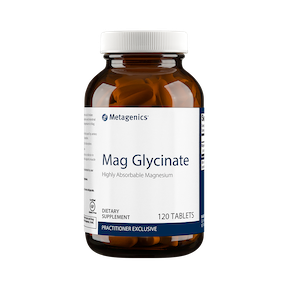





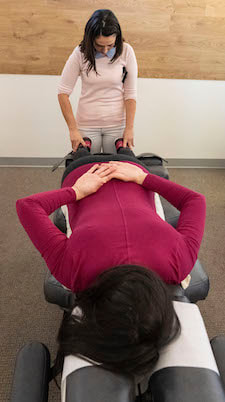
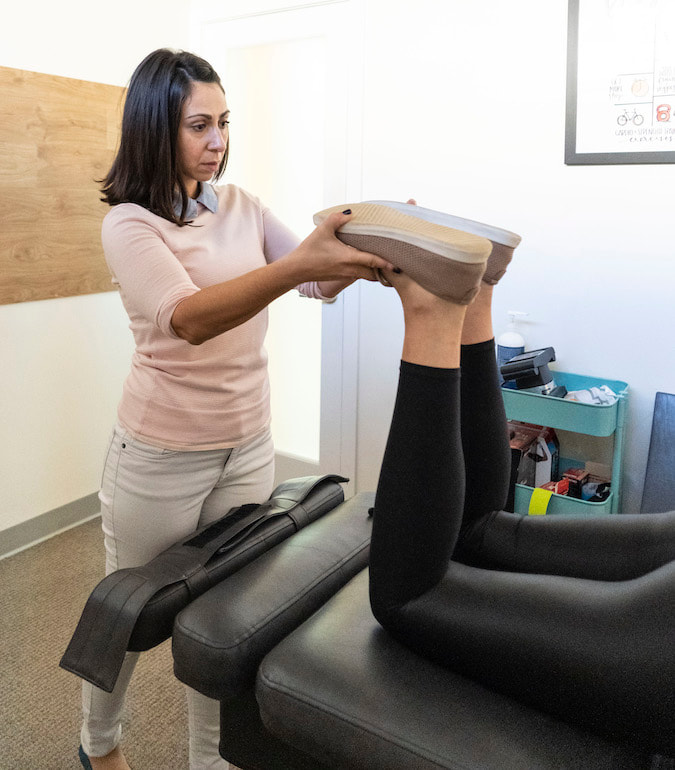
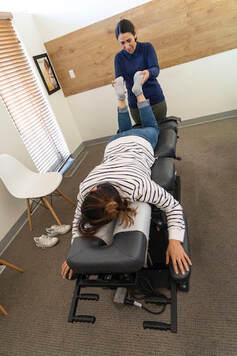
 RSS Feed
RSS Feed
